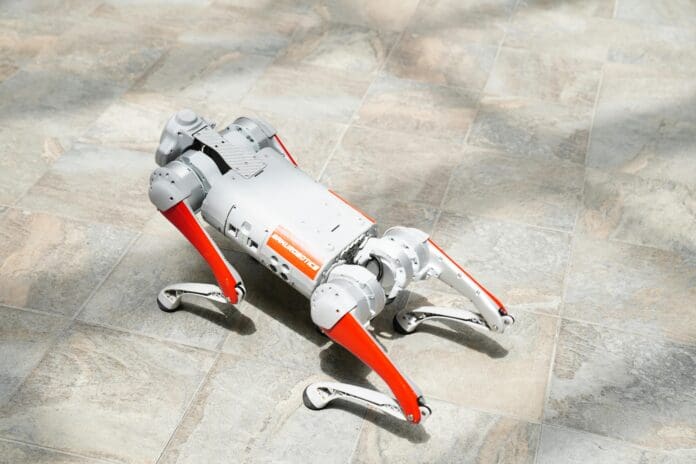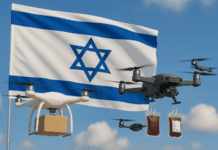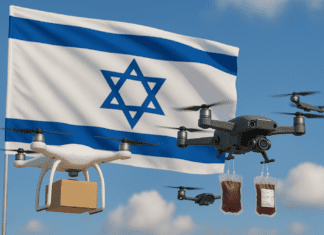This post is also available in:
 עברית (Hebrew)
עברית (Hebrew)
In response to a rise in imported cases of Chikungunya virus, Hong Kong is preparing to introduce robotic dogs equipped with insecticide sprayers to support mosquito control operations. The new system is set to begin trials next month, with a focus on reaching locations that are difficult for human teams to access.
Chikungunya is a viral disease spread by Aedes mosquitoes. While not currently treatable in Hong Kong, the virus has been on the rise in the Guangdong province, where over 7,000 cases have been reported since June. Local health authorities have confirmed nine imported cases so far this year.
To improve coverage and reduce physical strain on workers during summer heat, robotic dogs will be deployed on hillsides and other uneven surfaces where mosquito breeding grounds often go untreated. These machines are designed for mobility on rough terrain and can carry insecticide systems to spray targeted areas, according to Interesting Engineering.
Looking ahead, there is potential to enhance the robots’ capabilities through artificial intelligence and environmental sensing. Integration with onboard cameras and data systems could enable them to detect standing water, analyze environmental patterns, and identify high-risk areas for mosquito breeding. This would support more efficient and environmentally sensitive application of chemicals, focusing only on zones with elevated mosquito activity.
The technology trial comes alongside other mosquito control initiatives being considered by Hong Kong authorities. One such approach, currently in use in Singapore, involves introducing bacteria into mosquito populations to disrupt their ability to reproduce and transmit viruses. This method may see trials in Hong Kong next year.
While the use of robotic dogs presents a novel approach, it has raised questions over long-term costs and environmental impact, such as harming other insects. There is also concern about relying too heavily on technology at the expense of basic public hygiene practices.


























